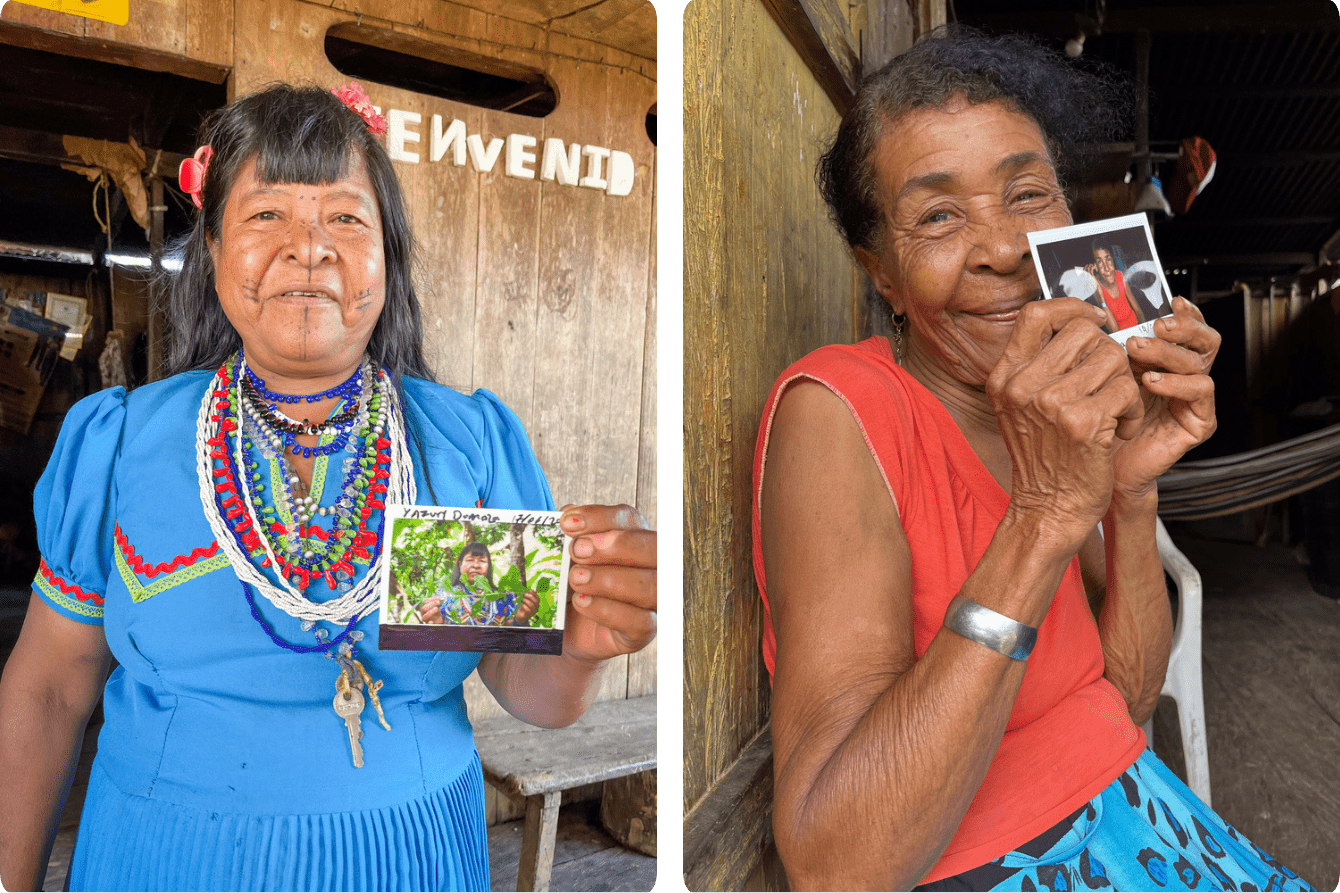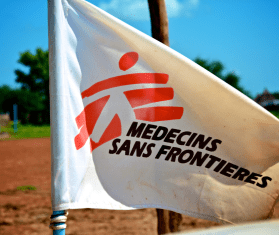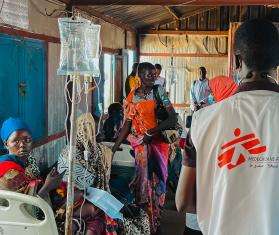The beginning of a journey is always a leap into the unknown. But when that journey is along the Baudó River in Chocó, uncertainty turns to fear. Colombia is a country where violence and conflict are constant headlines. Hope fades as peace processes and agreements come and go, while in places like Chocó, a department in the west of the country, displacement, imprisonment, and massacres, exacerbated by state neglect, continue to be the norm.

I accepted the invitation of MSF, together with Silvia Parra, an expert in differential approaches (with a gender and ethnic community perspective), to tell the story of Chachajo and Mojaudó, two Afro-descendant communities, and Puesto Indio, an Embera indigenous village; all of them located in the municipality of Alto Baudó. This had to be told through three concepts: health, territory, and armed conflict. We knew that carrying out a photography project there would be a challenge, not only because of the violence. Without electricity and internet, we were forced to return to the tangible, to think about the power of printed photography.
First stop: Chachajo
Chachajo is the name of a beautiful tree. It is also the name of a village that relies on agriculture, raising pigs and chickens; a village of wooden houses built by families who, despite being forced off their land, keep coming back because there is no place in the world that belongs to them anymore. There is a deep wound in this village, a wound that they try to heal with songs and herbs.
“Healing with herbs is a tradition that the elders taught the young people, and the young people, when they had their families, taught their children what they knew,” says María Concepción, the oldest healer in the community.

Second stop: Mojaudó
What is left after bullets pierce a classroom?
Rays of light filter through the holes left by the explosions in the ceiling and draw lines on the blackboard. Books and calendars hang on the bullet-riddled walls. The little blue seats are still in the same place they were that day, as if the classroom has become a museum of horror, a wound that continues to bleed.

“It was about five [minutes before 2] in the morning when the shooting started,” a midwife tells us. “The bullets went through the ceiling, through the kitchen. You could hear the gunfire. At that hour of the morning, where are you going to run to? We threw ourselves on the floor, but what are you going to do on a wooden floor?”
Mojaudó is sick with fear. “Sometimes when a coconut or some other fruit falls on the roof, we think it's going to start all over again,” says another midwife.

Third stop: Puesto Indio
Ûnûnia is a word in the language of the local Indigenous Embera people. It means, “We will meet again."
The river changes its color and becomes a mirror. The river is calm, and it is madness. It carries you, but it decides when you can navigate it. Who commands the river? Who tells it what it can and cannot do?
People respect the river because they need it to survive in this jungle. Its water is indispensable, even if it is no longer clear; its course carries what consumption and waste have left behind. There we find a healer of the spirit.

“I was an assistant to my husband, who was a jaibaná (spirit healer),” a resident tells us. “When we were displaced, my husband was gone and my children needed medicine. That's how I started my practice, and I'm the first woman jaibaná in these communities. The territory is sick. The violence here persecutes us and makes us sick.”
At the beginning of this project, seven of us women—the project team—boarded the boat, together with the MSF logistic support team. We returned with seven photographs reconstructed by the healers. We left making the commitment to share their voices beyond the rivers, hoping to communicate their wisdom. We hope that this project will bring them support, recognition, and respect. We left, but they are still there, resisting and healing wounded and forgotten communities.





